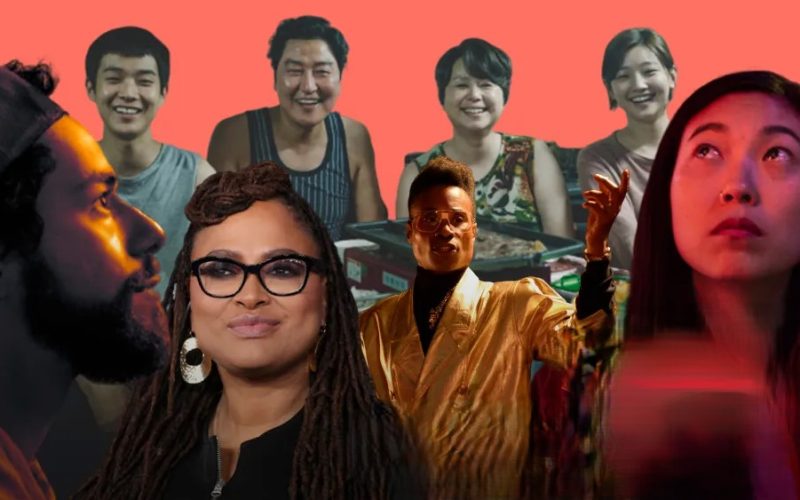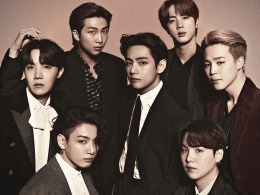Introduction
Diversity in cinema has become a pivotal topic in recent years, reflecting broader societal shifts towards inclusivity and representation. As the world becomes increasingly interconnected, the demand for films that reflect a wide array of experiences, cultures, and identities has surged. This article explores the multifaceted role of diversity in modern cinema, examining its impact on storytelling, audience engagement, industry practices, and cultural discourse.
Historical Context
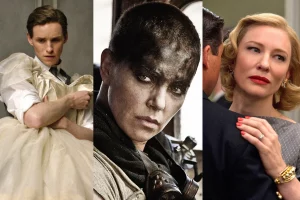
-
Early Cinema and Representation
In the early days of cinema, representation was limited and often problematic. Minority groups were frequently depicted through stereotypes or were entirely absent from the screen. Films like “Birth of a Nation” (1915) showcased the pervasive racial prejudices of the time, while the Hays Code (1930-1968) further restricted the portrayal of diverse characters and themes.
-
Progress and Setbacks
The Civil Rights Movement and subsequent social changes in the 1960s and 1970s began to challenge the status quo. Films such as “Guess Who’s Coming to Dinner” (1967) and “Shaft” (1971) started to address issues of race and representation more directly. Despite these advances, progress was often slow and met with resistance, and many marginalized groups continued to be underrepresented or misrepresented.
The Modern Era: A Shift Towards Inclusivity
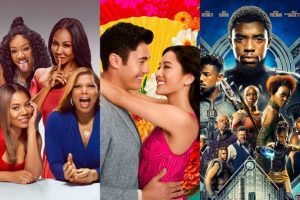
-
The Rise of Independent Cinema
Independent filmmakers have played a crucial role in pushing the boundaries of representation. Directors like Spike Lee, Mira Nair, and Ava DuVernay have created films that offer nuanced portrayals of diverse communities. The success of independent films has demonstrated that there is a substantial audience for stories that reflect a broader range of human experiences.
-
Hollywood’s Response
In response to changing audience expectations and the success of independent films, major studios have begun to prioritize diversity. This shift is evident in the casting choices, narratives, and production teams of contemporary blockbusters. Films like “Black Panther” (2018) and “Crazy Rich Asians” (2018) have not only achieved commercial success but have also sparked important conversations about representation in cinema.
Impact on Storytelling
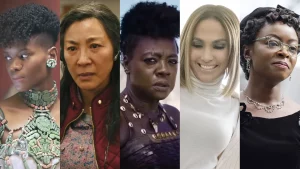
-
Broadening Perspectives
Diversity in cinema enriches storytelling by introducing new perspectives and voices. Filmmakers from diverse backgrounds bring their unique cultural experiences to the screen, resulting in stories that might otherwise remain untold. This broadening of perspectives allows for a more comprehensive exploration of the human condition.
-
Authentic Representation
Authentic representation is crucial for creating relatable and believable characters. When films accurately depict the lives and experiences of diverse groups, they foster empathy and understanding among audiences. This authenticity can also challenge stereotypes and encourage viewers to question their own biases.
Audience Engagement

-
Reflecting Audience Demographics
As global demographics shift, audiences are increasingly diverse. Films that reflect this diversity are more likely to resonate with a wider range of viewers. Representation on screen allows audiences to see themselves and their experiences reflected in the stories they consume, fostering a deeper connection to the medium.
-
Box Office Success
There is a growing body of evidence suggesting that diverse films perform well at the box office. The success of films like “Get Out” (2017) and “The Farewell” (2019) demonstrates that audiences are eager for fresh and diverse narratives. This economic incentive further encourages studios to invest in diverse projects.
Industry Practices
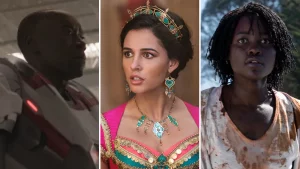
-
Inclusive Casting and Hiring
Inclusive casting and hiring practices are essential for fostering diversity in cinema. Efforts to cast actors from diverse backgrounds and hire crew members from underrepresented groups can lead to more authentic and varied storytelling. Initiatives like the 4% Challenge, which aims to increase the number of female directors in Hollywood, highlight the industry’s commitment to inclusivity.
-
Film Festivals and Awards
Film festivals and awards play a significant role in promoting diversity. Events like the Sundance Film Festival and the Toronto International Film Festival often showcase films by diverse filmmakers, providing them with a platform to reach wider audiences. Additionally, awards such as the Oscars have begun to recognize the importance of representation, with recent changes to eligibility criteria aimed at encouraging diversity.
Cultural Discourse
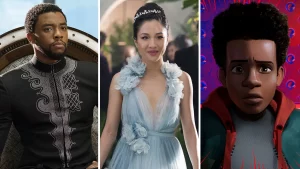
-
Challenging Norms and Stereotypes
Diverse cinema has the power to challenge societal norms and stereotypes. By presenting complex and multifaceted characters, films can disrupt traditional narratives and encourage viewers to think critically about issues of race, gender, sexuality, and identity. This can lead to broader cultural shifts and a more inclusive society.
-
Fostering Dialogue
Films that address issues of diversity often spark important conversations. By bringing these topics to the forefront, cinema can encourage dialogue and promote understanding among different groups. This can be particularly impactful in addressing social issues and fostering a more inclusive cultural landscape.
Conclusion
The role of diversity in modern cinema is multifaceted and far-reaching. From enriching storytelling to engaging audiences, influencing industry practices, and shaping cultural discourse, diversity has become an essential component of contemporary filmmaking. As the industry continues to evolve, it is crucial to maintain a commitment to inclusivity and representation, ensuring that cinema remains a powerful tool for reflecting and shaping the world in which we live.






